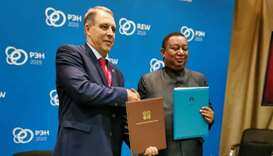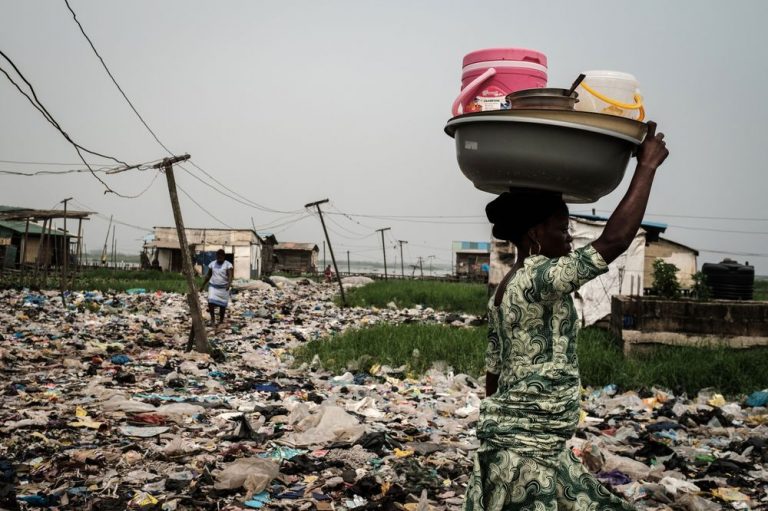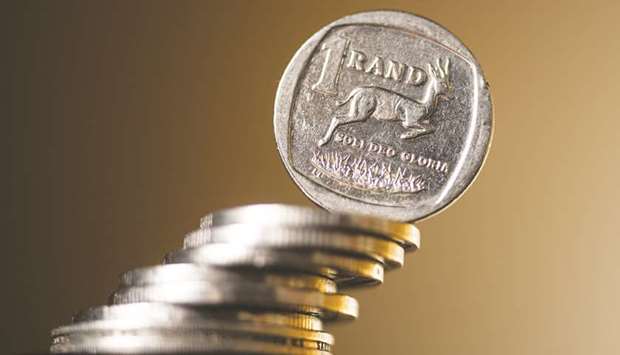GECF, Opec in pact to strengthen co-operation in research and sharing of best practices

Doha-headquartered Gas Exporting Countries Forum (GECF) and the Vienna-based Organisation of the Petroleum Exporting Countries (Opec) have entered into a pact to strengthen co-operation in research and the sharing of best practices.
GECF secretary-general Yury Sentyurin and his Opec counterpart Mohamad Sanusi Barkindo signed a memorandum of understanding (MoU) in Moscow on the sidelines of Russian Energy Week.
The purpose of the MoU is to establish and strengthen co-operation in order to carry out activities and share experiences, views, information and best practices in areas of mutual interest.
The potential areas of co-operation identified include energy market monitoring, analysis, modelling and forecasting; energy market research studies covering the short- medium- and long-term, and their methodologies; energy market data and statistics, data and statistical operational topics (such as methodologies of data gathering, assessment and dissemination); energy initiatives and developments aimed at sustainability, along with environmental and social responsibility; and other areas and matters involving common interests and concerns.
Both the organisations have also agreed to co-operate, where possible and appropriate, on the exchange of information and data; hold expert meetings and internal bilateral workshops to promote the exchange of knowledge and experiences; and co-operate on seminars, workshops, conferences and publications.
The MoU follows discussions that took place earlier this year between the secretaries general on the sidelines of the ninth International Energy Forum-Opec symposium on Energy Outlooks.
At their meeting of February 27, 2019, the secretaries general recognised the numerous areas of mutual interest to both organisations and emphasised their desire to continue working closely together, both at a high-level, as well as on a technical level.










